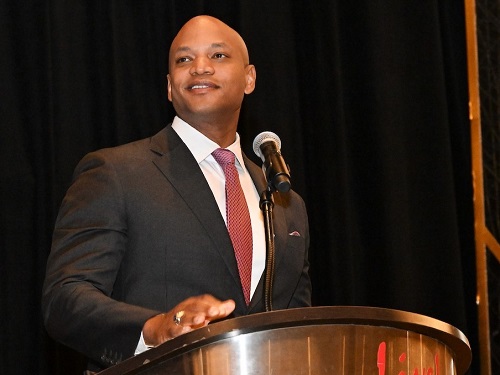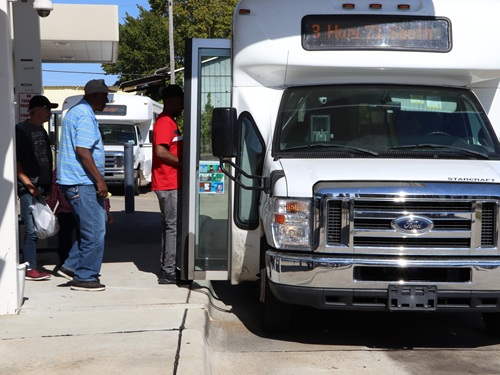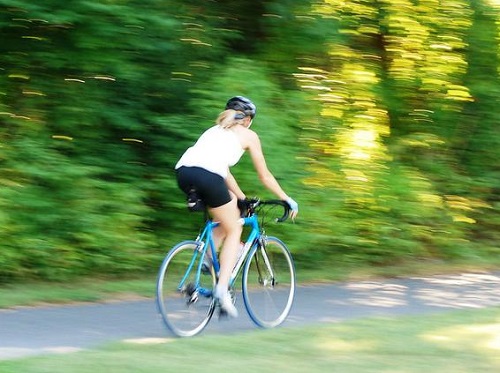Governor Wes Moore (D) of Maryland recently highlighted the award of $25.5 million in grants to 40 bicycle, pedestrian and trail projects statewide.
[Above photo by the Maryland DOT]
Those fiscal year 2024 grants include $20.8 million in federal funding for 22 projects through the national Transportation Alternatives Program and the Recreational Trails Program, with $4.7 million in state funding headed to 18 projects via the Kim Lamphier Bikeways Network Program overseen by the Maryland Department of Transportation.

“To grow our economy and attract a world-class workforce, we need to build new pathways from home to work to leisure,” the governor noted in a statement.
“An investment in making Maryland more livable is an investment in making Maryland more competitive,” he said. “I’m proud of the strong bonds we’ve built between leaders at the local, state, and federal levels to secure this funding, and we will continue moving in partnership to enhance physical and economic mobility for all Marylanders.”
“In order to comprehensively serve our communities, Maryland’s transportation network must include high-quality, convenient and equitable bike and pedestrian access,” added Maryland DOT Secretary Paul Wiedefeld.
“We’re working every day to create a transportation network that serves all users, whether they’re driving, walking, biking, scooting, or using mobility devices,” he said. “We’re excited to support local projects that help expand that network at the grassroots level.”
The Transportation Alternatives Program is a federally funded discretionary grant program for community projects designed to strengthen the transportation system, the Maryland DOT noted – providing fiscal assistance to projects that create bicycle and pedestrian facilities, convert abandoned railway corridors to pedestrian trails, mitigate highway runoff, and other transportation-related enhancements.
The Recreational Trails Program is another federal program providing funds for all types of recreational trails, including pedestrian, bicycle, equestrian, off-highway vehicle, and paddle sports, the agency said.
Under provisions of that program, states must award 40 percent of allocations for projects that facilitate diverse recreational trail use, 30 percent for activities related to motorized recreation, and 30 percent for activities related to non-motorized recreation.
Meanwhile, the Kim Lamphier Bikeways Network Program – created in 2011 by the Maryland DOT – provides state funding for planning, design and construction of bicycle infrastructure such as protected bike lanes and shared-use paths. The program is named for the late Kim Lamphier, a Montgomery County native and longtime Baltimore County resident who advocated for bicycling access throughout Maryland.
 States
States
Nick Donohue Appointed Virginia’s Secretary of Transportation
December 12, 2025 States
States

